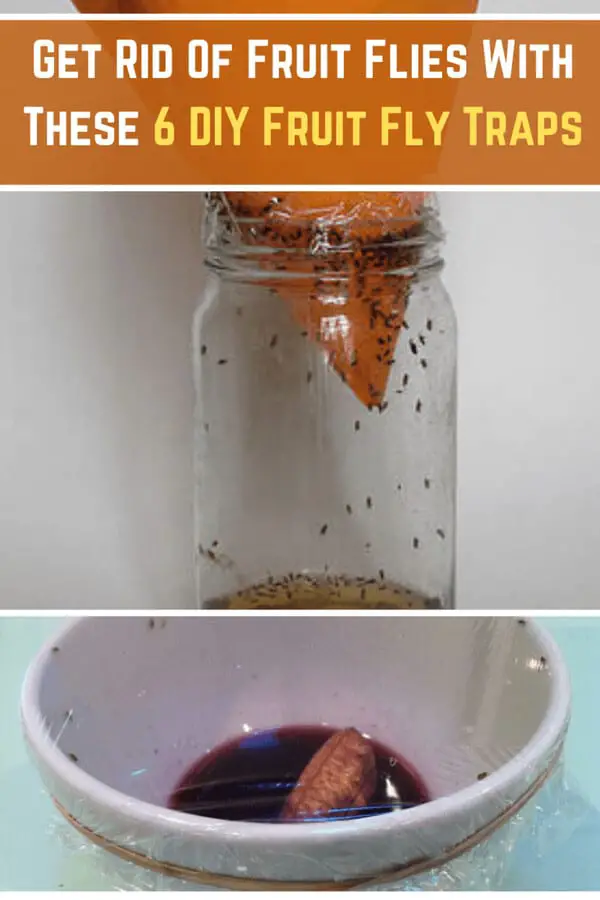Table Of Content

Use this method only with vacuum cleaners that have a bag, and dispose of it immediately after foiling the infestation so flies won’t find their way back out and back into your home. While it can be helpful to find natural products to aid in fly prevention, a large-scale infestation will likely require the use of more stringent fly killers. Flies can be pesky little creatures, buzzing around, landing on food and generally being annoying. Or they can be a topic of interest for some and even food for others.
Outdoors
Although food-grade products with low toxicity levels are available, avoid applying them onto surfaces used for food preparation or close to pets and kids. House flies—musca domestica—are an insect in the family Muscidae and order Diptera. They have gray or black bodies, large red eyes, and two nearly translucent wings. House flies have slightly hairy bodies, and females are larger than males. One reader suggested using a flashlight to slow down a fly’s movement. By shining a bright light on the fly, it becomes disoriented and slows down, making it easier to catch or swat.
What is the best killer for house flies?
A housefly has almost 360-degree vision, so it’s best to approach from behind and hover just above before making a fast, decisive flick with your weapon. Flies are one of the few insects that are actively affected by colors, so use a flyswatter in a neutral tone for superior stealth. Although you may at first spy just one fly, females can lay five to six batches of 100 eggs that hatch in 12 to 24 hours, leaving you wondering, “Why are there so many flies in my house?
Store food away and keep on top of trash
House flies are attracted to things that make you go "ew," like pet waste, drain gunk (especially if you have a garbage disposal), overripe produce, trash cans, and sticky spills. Not-so-gross things, like pet food or a half-empty glass of wine, can also attract flies. Employ a simple, all-natural homemade fly trap to lure and imprison unwanted insects. All it takes is a plastic container, plastic wrap, and fly bait (like sugary water, fruit, vinegar, or apple cider vinegar). Set up the fly trap in a corner to attract and confine flies, and then dispose of them when you’ve won the battle.
✔️Mix apple cider vinegar and dish soap.
Flies are attracted to the scent of ripening fruits, so keeping them sealed and refrigerated will minimize the chances of attracting flies. To enhance the effectiveness of the trap, you can create a paper cone or funnel by rolling a piece of paper and inserting it into the jar or bottle’s opening. This funnel will guide the flies into the trap, but its narrow shape will make it difficult for them to find their way out. While Method 4 is mentioned, it does not provide further details on how to create the trap.
When my house suddenly filled with flies two years ago, I didn’t know how to handle the problem. I made sure every screen was secure, thoroughly cleaned my house to make sure there was nothing out to attract them, then attacked them with fly swatters each night. It was a losing battle, and flies started to appear faster than I could kill them off.

What Is the Best Way to Get Rid of Flies?
Flies can't be controlled unless you take the proper prevention methods. By cutting off fly access to the home and any food sources, you'll better be able to get rid of flies inside the home and keep them away for the long-term. While focusing on how to get rid of house flies, you can also take measures to repel them from your home. Electronic or flame torches can help keep flies and other insects away from outdoor spaces, and there are plenty of natural fly repellents that you can use simultaneously for the best protection. If you notice fruit flies in your drain, you might be looking for an instant fix — like pouring bleach down the drain. Doing so might kill some larvae, but it will not kill enough of the eggs or larvae to eliminate the problem.
Use essential oils
Repair or replace damaged screens to prevent flies from infiltrating your home. Experimenting with different trap variations and placements will help you identify the most effective method for your home. Remember to monitor the traps regularly, emptying them when necessary, and replace any old or ineffective traps. Place the trap in areas where you often find flies, and regularly check and empty it to maintain its effectiveness. Houseflies are one type of fly in the insect order Diptera, all of which have one set of wings.
This simple trick to rid flies from your home for good - and all your need are three basic ingredients - Daily Mail
This simple trick to rid flies from your home for good - and all your need are three basic ingredients.
Posted: Sun, 10 Sep 2023 07:00:00 GMT [source]
That's because bleach passes down the drain too quickly to do a thorough job. Fill a spray bottle with rubbing alcohol and spritz any of the insects you see in your home. Make sure to avoid spraying the alcohol on fruit, as it may cause them to spoil, which will lead to more fruit flies. Another idea consists of making a funnel with an empty soda bottle to trap the houseflies so they can enter but not escape. This will also work if you're wondering how to get rid of fruit flies.
While natural methods are a suitable solution for how to get flies out of the house on the odd occasion, if you have an infestation it might be time to call in professional pest control. Spritz a room with essential oils such as lemongrass or peppermint or use an essential oil diffuser to repel flies in an instant. These natural fragrances give off a strong smell that instantly deters flies from entering your home.
"Your house may have gaps or openings that allow flies to enter." Consider some of the natural ways to repel them from entering via the windows. Getting rid of flies in your home may require a combination of treatments, repellents and preventative measures. Expect to build a customized solution with multiple products and techniques, which may include fly bait, fly traps, fly foggers and more.
Certain carnivorous plants, such as the Venus flytrap, are not only effective at catching flies but also at keeping their population under control. Introducing these plants into your home can serve as a natural way to catch flies, while also adding a unique touch to your living space. You can also use insecticides outdoors, although flies will still develop resistance to them. Residual pesticides, which remain active for longer than indoor pesticides, can be sprayed around your house. They lay their eggs on animal feces, garbage, and in rotting organic material.
These maggots become adult flies in five to six days, and the young females start laying their own eggs. There are many types of flies, but if any of them think there is food or a better climate in your home, you will have a hard time keeping them out. Knowing why flies come into your house and all the ways they get in will help you to stop them from coming in and kill them if they do. While they can eliminate individual flies, there are more efficient ways to remove an infestation. This is a sticky strip of paper that you can easily string up from the ceiling or wherever the flies are hanging out the most.
However, you can use a Ziplock bag, mug, cup, or small bowl to catch flies in a similar manner to the other methods discussed. The flies will be lured into the funnel and enter the bottle, but their attempts to escape will be futile due to the sticky surface created by the dish soap. Be sure to mount light traps away from entrances and windows, so they can’t be seen from the outside. Light traps are boxes with a light in the back that attracts flies.












